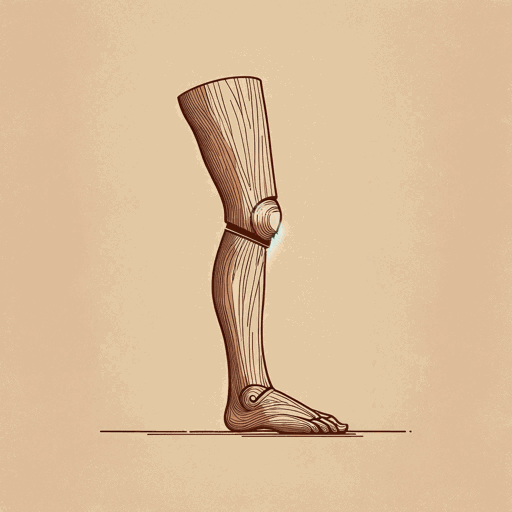41 pages • 1 hour read
Natalie Zemon DavisThe Return of Martin Guerre
Nonfiction | Book | Adult | Published in 1983A modern alternative to SparkNotes and CliffsNotes, SuperSummary offers high-quality Study Guides with detailed chapter summaries and analysis of major themes, characters, and more.
Introduction-Chapter 1Chapter Summaries & Analyses
Introduction Summary
Davis establishes her point of view as historian in the Introduction, explaining her research process and describing the usefulness of primary sources like diaries and letters. She points out one unique challenge she encountered while researching the lives she examines in this book: “the peasants, more than ninety percent of whom could not write in the sixteenth century, have left us few documents of self-revelation” (2). Literary sources about the peasants are also of limited utility, as “they follow the classical rules that make villagers a subject of comedy” (2). Davis explains that court documents and legal records are the most revealing of sources, and in the case of Martin Guerre, two specific texts are of particular usefulness: Arrest Memorable, written in French, by Jean de Coras, who was a judge and court reporter at the trial, and another work written by Guillaume Le Sueur, called Admiranda historia in Latin and known as Histoire Admirable in the French. Davis credits both of these writings as fundamental to her project while she reminds the reader that what she has written is “in part [her] invention, but held tightly in check by the voices of the past” (5).

